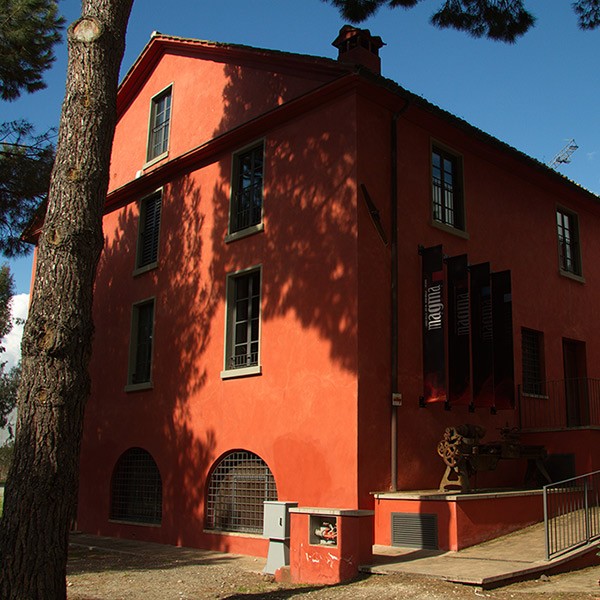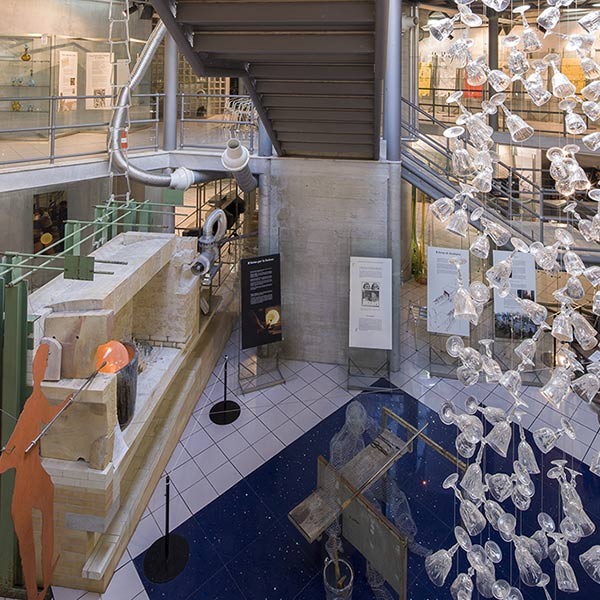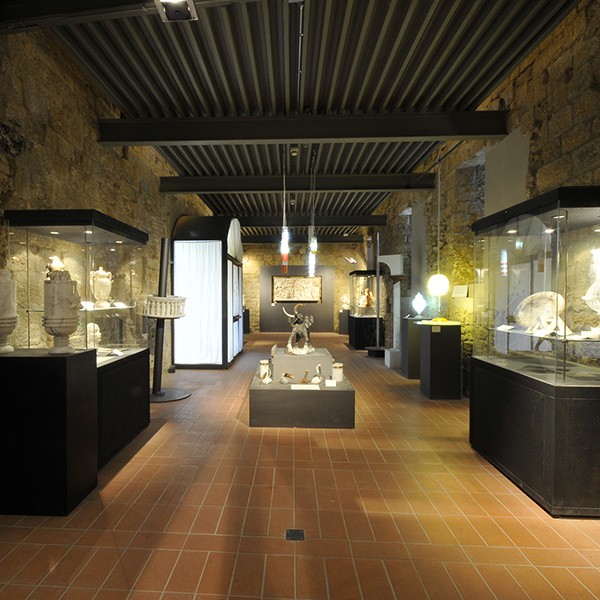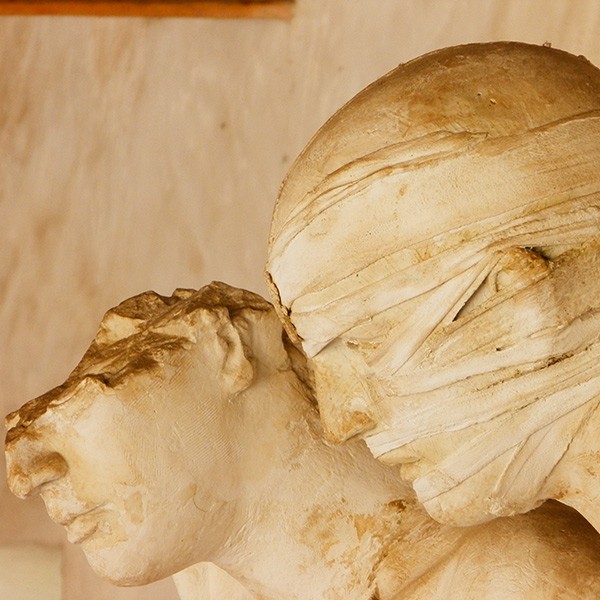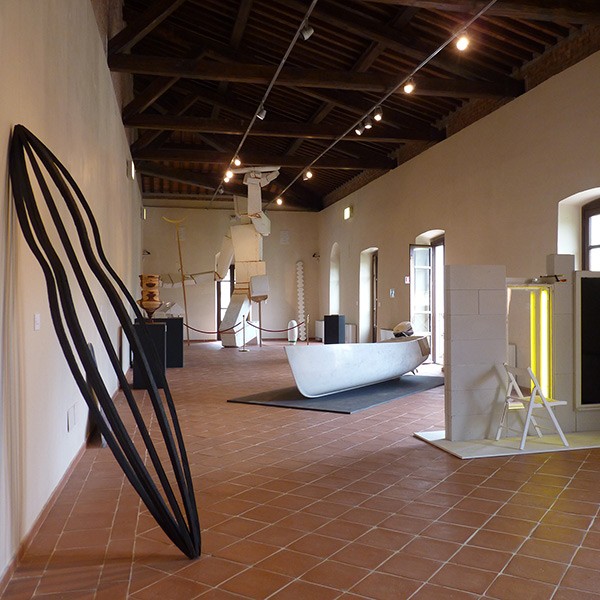Alabaster, crystal, cast iron, marble and glass: these productions can boast a long tradition in Tuscany, also from an artistic point of view, celebrated in dedicated museums. Their history which, in the case of the Apuan marble and the alabaster from Volterra dates back to the Etruscans and has marked entire areas through periods of decadence to ones of extraordinary good fortune. Amongst all these, marble is the production covering the widest area. It was concentrated in the area around Carrara and reached perfection in the Renaissance. From the nineteenth century onwards, a vast network of sculpture workshops was created, where the skills of the craft were handed down from generation to generation, including bronze casting. Nowadays, they are recognised internationally.
Outstanding qualities around which the majority of the museums in Carrara revolve: the Museo Civico del Marmo [Civic Museum of Marble], assigned by its articles of association to collect and conserve everything regarding the “culture of marble”; the Centro Arti Plastiche which houses the town collection of contemporary art, consisting of works acquired at the time of the Biennale of Sculpture, a major event which began in the 50s; lastly, the Accademia di Belle Arti, founded in the 18th century, with a vast collection of statues from the first half of the 20th century. A tour through the marble quarries and a visit to the Laboratori Artistici Nicoli, specialising since the end of the 19th century in monumental works, both offer an opportunity to discover in person the places and techniques to work marble.
Pietrasanta is also part of the district of marble. In the summer season especially, it seethes with galleries and art events beneath the silent aegis of the sculptures scattered throughout the historic town centre by its elective citizens, Ferdinando Botero and Igor Mitoraj. To understand the extent of which, and how many artists arrived in Pietrasanta during the 20th century to create their own works, all we have to do is pay a visit to the Museo dei Bozzetti “Pier Luigi Gherardi” [Museum of Sketches]. It houses approximately 600 sketches of sculptures, which were then transferred into marble or bronze.
Unlike the Apuan-Versilia territory, where marble was worked over a vast geographical area, the other typical Tuscan productions are usually found in more circumscribed areas: as in the case of the alabaster of Volterra, celebrated by the homonymous Eco-museum, which retraces the history from its origins to the 20th century; or, as in the case of the crystal from Colle Val d’Elsa and the glass from Empoli, with dedicated museums displaying a selection of high quality objects, both artistic and of everyday use, and reconstructing the techniques used to work them. This widespread itinerary includes the MAGMA Museum of Arts in Cast Iron in the Maremma in Follonica, dedicated to the history of the Ilva steelworks plant, in production up until the 70s, inside the area where the museum stands today, which is accessed via a monumental cast iron gate.

